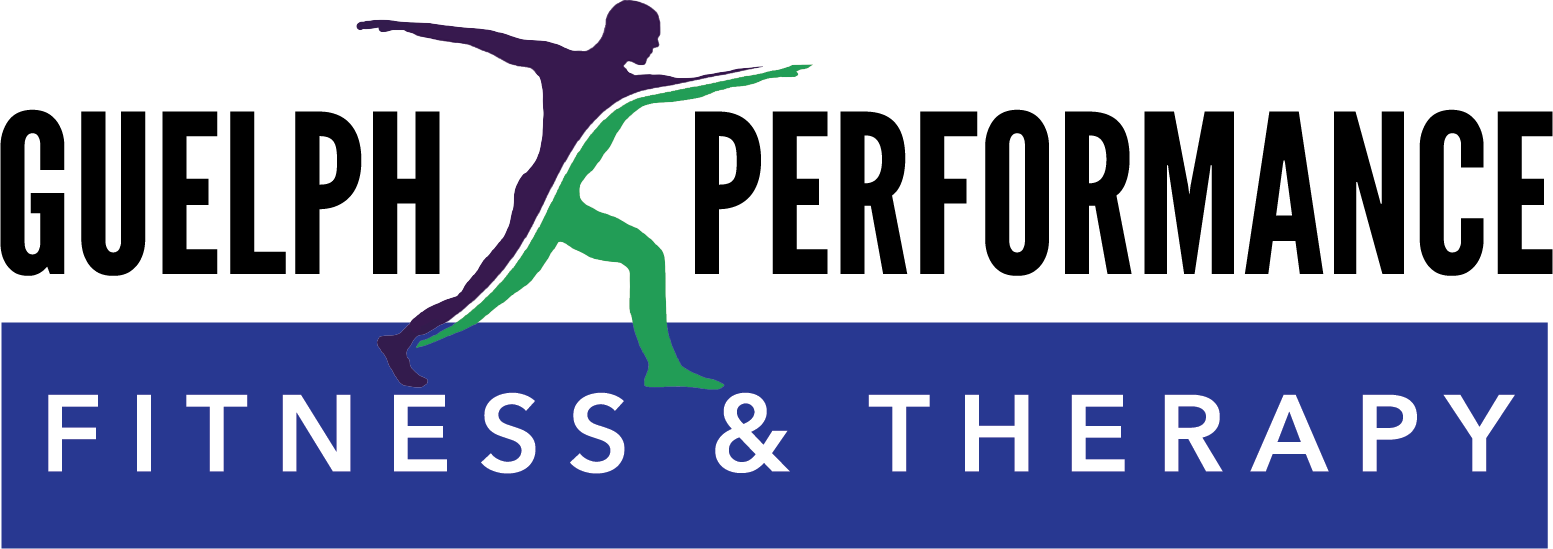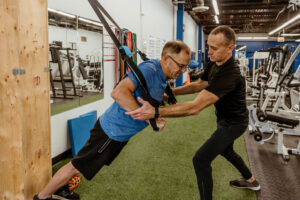COVID has ripped through many homes and left a lot of us with ongoing health concerns. The media has dubbed it “Long COVID”, but is there anything that can be done to speed up recovery? The research continues, but it looks like there are a few things that can be done, and the support of an Athletic Therapist might give you a helpful boost.
What is Long COVID?
Long COVID, or post-COVID syndrome, occurs when symptoms persist longer than 4 weeks.
Most of the common symptoms are shortness of breath, brain fog (cognitive dysfunction), and fatigue, although there are more than 200 symptoms that have been reported by patients. While it is still unclear what causes long covid or how long it can persist (some studies show 6-9 months), it is widely accepted that a multidisciplinary approach to recovery shows the best results. Experts say this approach should include your primary care doctor, rehab professionals, social care, and a mental health professional where needed.
Does Exercise Help?
Since Covid-19 is a respiratory infection, it is necessary to treat the lungs once recovered. A great way to do this is through exercise! While you are exercising, your heart and lungs are required to work harder to supply oxygen to your brain and the rest of the body. This extra work helps to “strengthen” your lungs.

Exercise can also be a great tool to aid in cases of PTSD, depression, and anxiety (always speak to your doctor before beginning an exercise regimen to make sure it is the right fit for you). During the pandemic, many people have experienced increased or new bouts of depression and anxiety.
Returning to Sport after Covid
If you’re an athlete, you probably cannot wait to get back to your sport. But be sure to take things slowly.
It’s important to rest and recover while you are still experiencing symptoms of COVID-19, and should wait for a minimum of 10 days after the initial onset or positive test. In cases of moderate to severe infections and/or long COVID, it is imperative to have a physical exam by a qualified medical professional before beginning exercise. You’re Doctor will be able to tell you if it’s safe to start being active again.
How to Return Safely
Medical professionals recommend a gradual and supervised return to activity, which is outlined in the following guideline. An Athletic Therapist can help you navigate this guideline and help you safely return to your previous activity level and beyond.
- Stage 1: Returning to normal life and activities of daily living, such as taking care of dependents and yourself, is the first step to returning to physical activity. Begin by slowly re-introducing more taxing tasks around the house. Monitor your symptoms and general well-being. It is important to also monitor your heart rate during this process. You should remain in each stage for at least 1-2 days but it may take longer for your body to adjust. If symptoms arise, rest for 24 hours and try the step again!
- Stage 2: Start with very light exercise for a maximum of 15 mins per day making sure you do not exceed 70% of your maximum heart rate*. You can do activities such as walking, light jogging or stationary bike. Stay away from resistance/weight training during this stage. *To calculate your maximum heart rate take 220 and subtract your age (ex. 220-42 = 178 max HR).
- Stage 3: As with Stage 2, stick to lighter exercises. You can increase your total workout to 30 mins.
- Stage 4: You can begin to engage in moderate activity, working at 80% of your maximum heart rate for a total of 45 mins. More challenging activities may include a 2-3 km run (based on your previous activity level), resistance training, and bodyweight exercises.
- Stage 5: More advanced exercises and activities may be added but heartrate should still stay within 80% of max. You can increase the distance of a run or jog, as well as start to introduce weight training (make sure to start slow!)
- Stage 6: Return to normal training! Make sure to continue monitoring your symptoms and your heart rate.
Red Flags to Watch For!
If you experience any of the following symptoms, stop exercising and contact your health care provider immediately.
- Chest pain or heart palpatations
- Nausea
- Headache
- High heartrate that is not proportional to exertion, or prolonged
- dizzy/lightheaded
- Shortness of breath, difficulty catching breath
- Excessive fatigue
- Swelling in extremities
- Syncope (passing out)
- Tunnel vision or loss of vision
Book An Appointment With an Athletic Therapist
The team at Guelph Performance is here to help! Athletic Therapists are trained in returning individuals to their sport or simply to their everyday life. We design tailored exercise plans to help you safely return to your pre-COVID activity levels.
With our extensive knowledge in therapeutic exercise and injury prevention, we are the perfect fit to create a safe and successful program for post-COVID patients.
Our facility is also the perfect mix of therapy and exercise for wherever you are in your recovery journey. Come and check us out to see how we can help you to recover after your bout with COVID or other respiratory illness.



